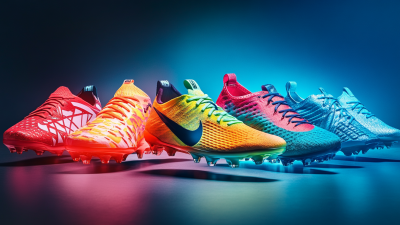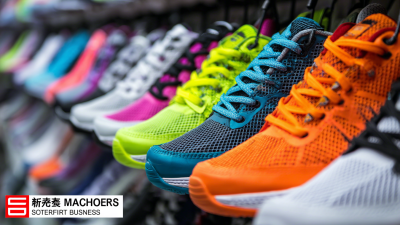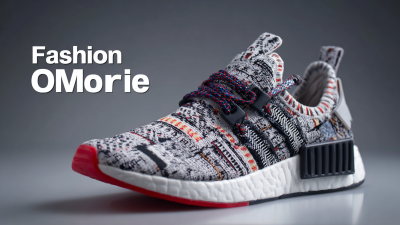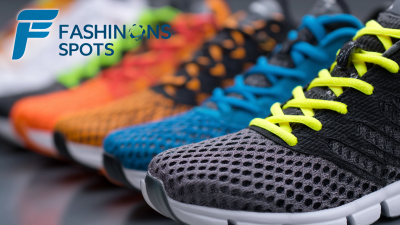
The rise of eco-conscious consumerism has spurred a significant transformation within the footwear industry, particularly in the realm of Fashion Sports Shoes OEM. Recent reports indicate that the global sustainable footwear market is projected to reach over $200 billion by 2025, fueled by a growing demand for environmentally-friendly options.
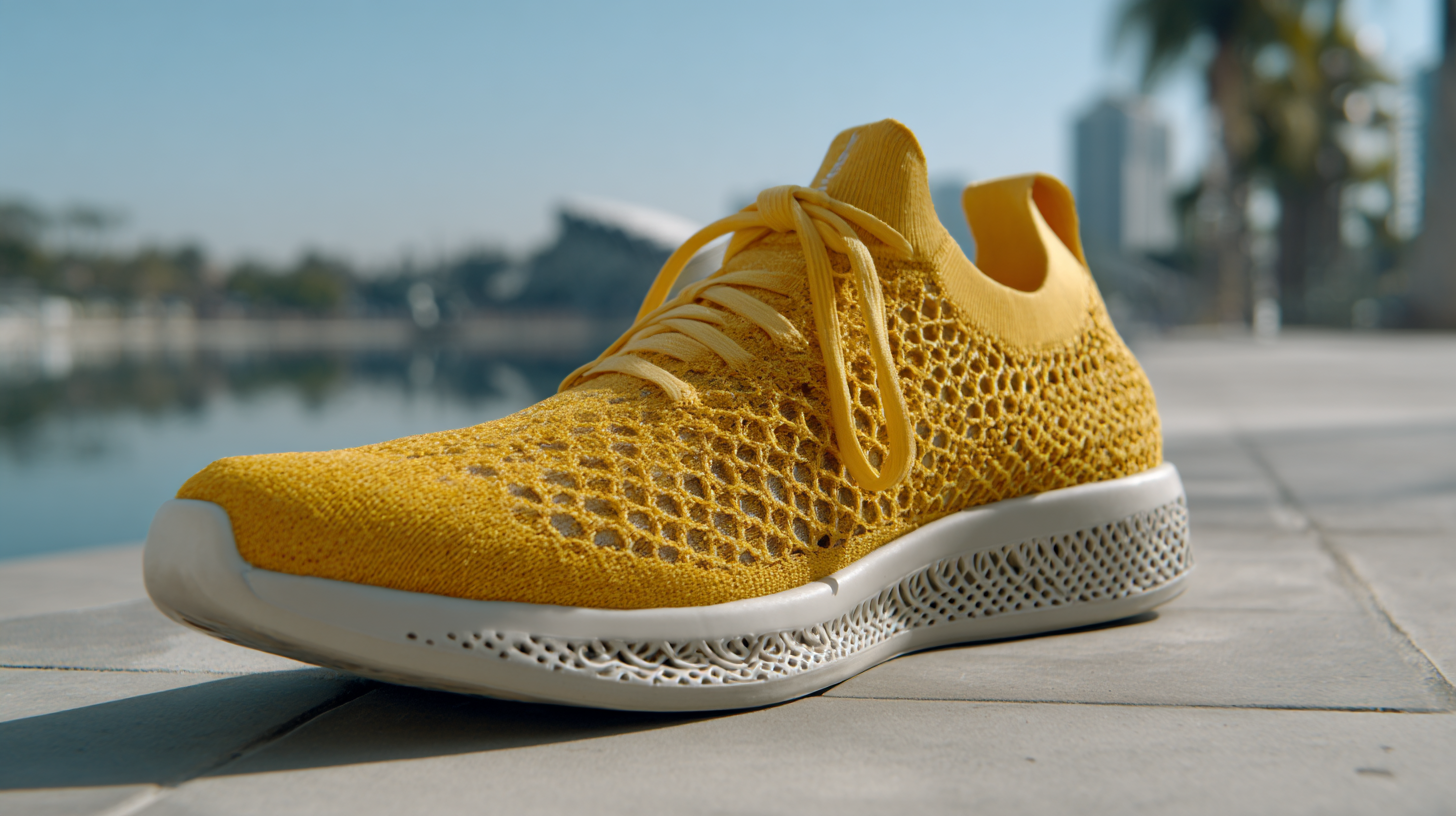
This shift not only reflects consumers’ desire for products that align with their values but also highlights the opportunities for manufacturers to innovate and adopt sustainable practices. As brands increasingly prioritize sustainability, the integration of recycled materials, biodegradable components, and ethical manufacturing processes has become fundamental in the production of Fashion Sports Shoes OEM.
This article delves into the current trends, challenges, and future potential for eco-friendly footwear, showcasing how the industry is adapting to meet the evolving expectations of environmentally conscious consumers.
Sustainable fashion in sports footwear revolves around several key principles that prioritize environmental impact and ethical production. One of the core tenets is the use of eco-friendly materials, such as organic cotton, recycled plastics, and bio-based substances. These materials not only reduce reliance on fossil fuels but also minimize waste generation during the manufacturing process. Brands are increasingly innovating to develop advanced technologies that enhance the performance of these sustainable materials, ensuring they meet the high demands of athletes and casual consumers alike.
Another principle of sustainable sports footwear is ethical labor practices. Companies committed to sustainable fashion aim to provide fair wages and safe working conditions for workers throughout their supply chains. Transparency in sourcing and production is essential, allowing consumers to make informed choices about the brands they support. Additionally, many brands are now embracing a circular economy model, focusing on designing products that are not only durable but can also be recycled or upcycled at the end of their lifecycle. This shift not only promotes sustainability but also encourages consumers to engage in responsible consumption, ultimately supporting a healthier planet.
The demand for eco-friendly sports shoes is on the rise as consumers become increasingly aware of their environmental impact. According to a recent report by Statista, the global sustainable footwear market is projected to grow from $7.4 billion in 2021 to over $20 billion by 2030, highlighting a significant trend towards eco-conscious products. To meet this demand, manufacturers are exploring innovative materials that minimize environmental harm while maintaining performance. Key materials include recycled plastics, organic cotton, and sustainable rubber alternatives, which not only reduce waste but also lower carbon footprints in production.
When selecting materials for eco-friendly sports shoes, consider these tips: prioritize recycled textiles that divert waste from landfills, opt for biodegradable options that can decompose naturally, and ensure that synthetic materials are sourced from responsible suppliers committed to reducing emissions. Additionally, pay attention to certifications like Global Organic Textile Standard (GOTS) and OEKO-TEX, which guarantee sustainability in production practices.
By focusing on these key materials, the future of sustainable fashion sports shoes looks promising. The shift towards eco-friendly practices not only fulfills consumer demand but also positions brands as leaders in a rapidly evolving market. Adopting these materials is a critical step towards a greener footprint in the footwear industry.
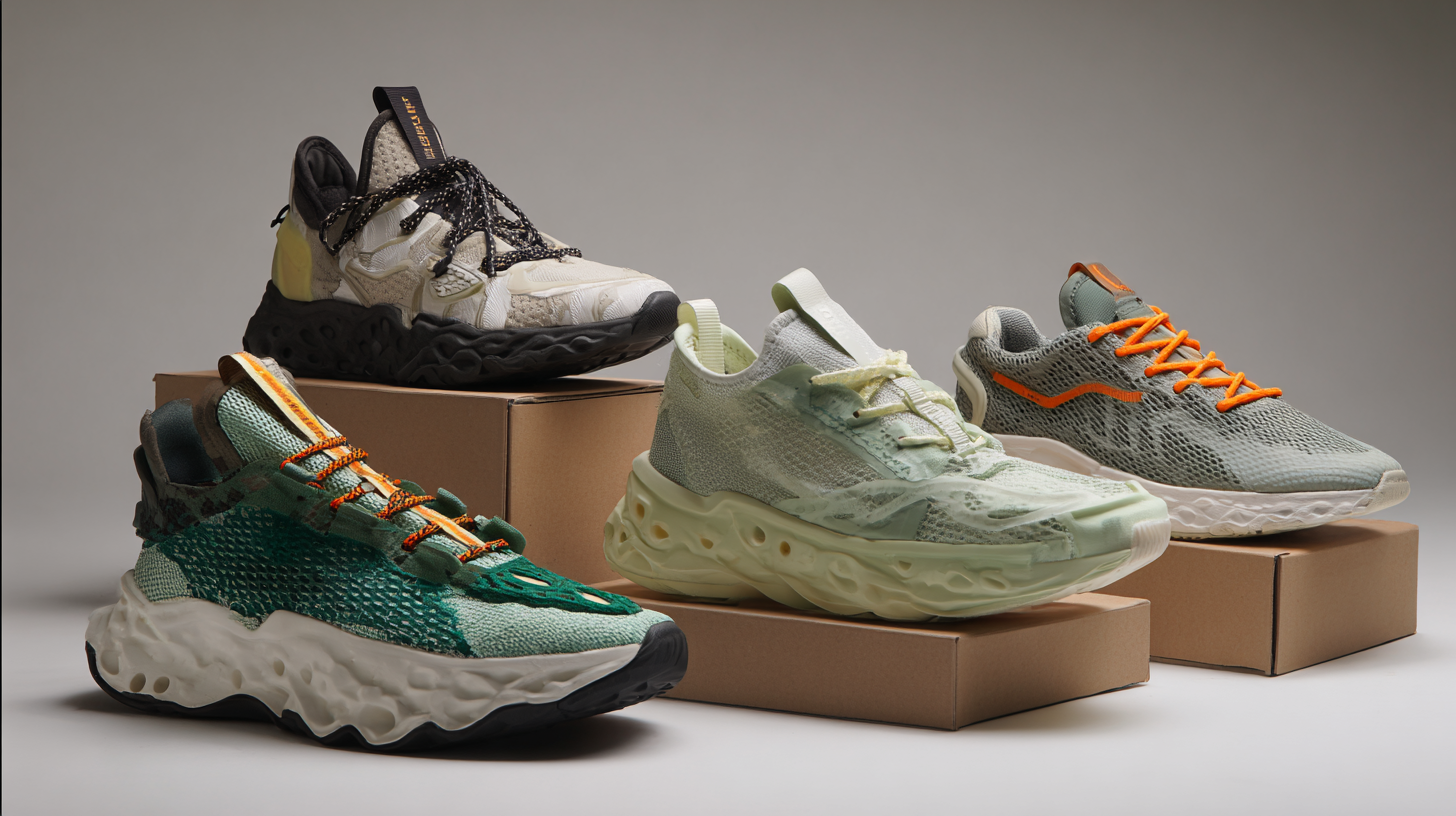
As sustainable fashion becomes a priority for consumers and brands alike, Original Equipment Manufacturing (OEM) partnerships are playing a pivotal role in the production of eco-friendly sports shoes. According to a report by ResearchAndMarkets, the global sustainable footwear market is projected to reach $135 billion by 2025, driven by a growing consumer awareness about environmental impact. This statistic underlines the importance of building strong OEM relationships that can support brands in developing innovative, sustainable designs while maintaining competitive pricing.
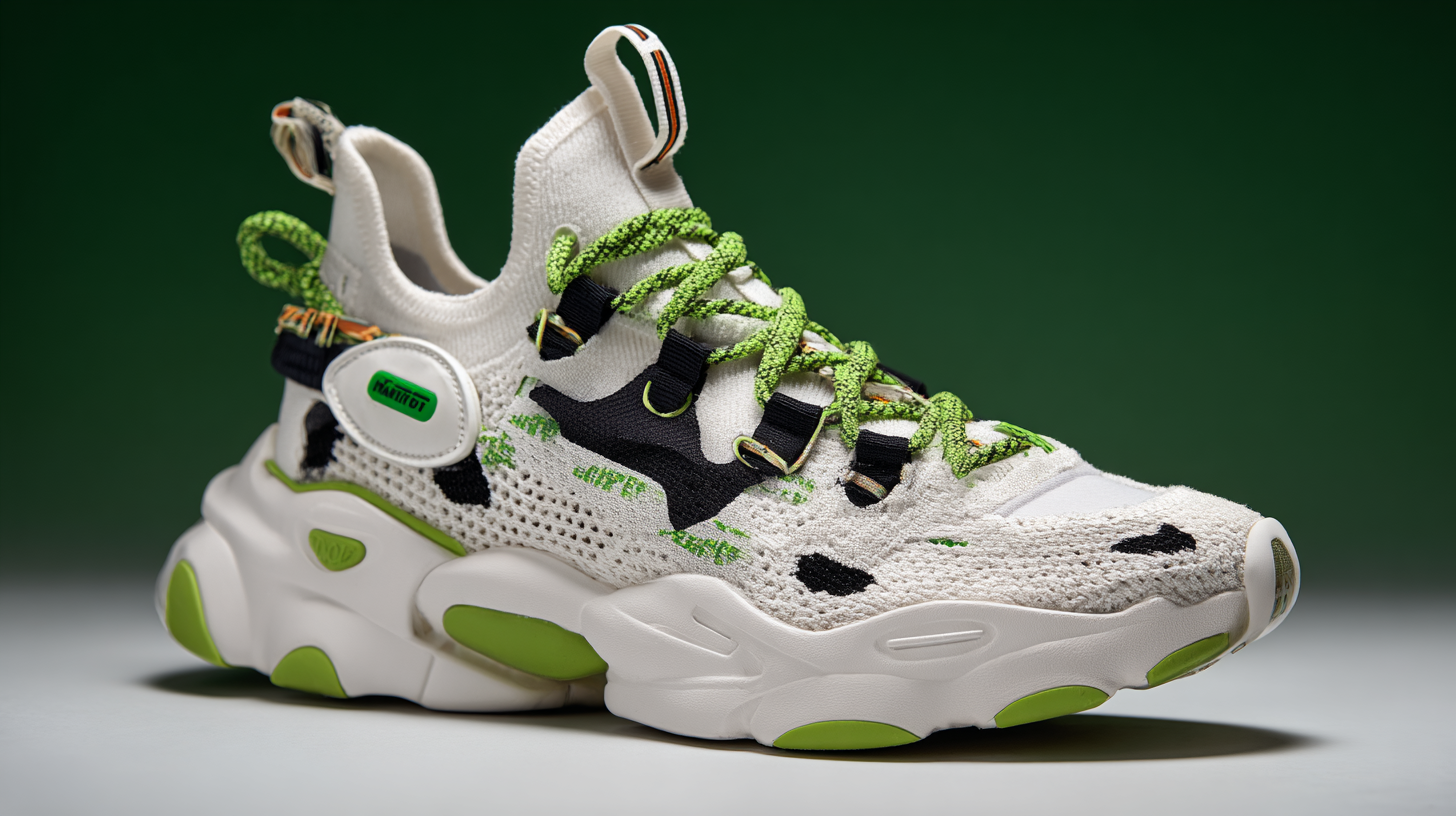
Navigating the OEM process can be complex, yet it offers significant benefits for sustainable shoe brands. Collaborating with manufacturers that understand sustainability standards ensures that raw materials are responsibly sourced and production processes minimize waste. A McKinsey study highlights that companies that embrace sustainable practices can reduce costs by up to 20% in the long term due to greater efficiency and lower energy consumption. Therefore, establishing clear communication and trust with OEM partners is essential. Brands must actively engage in the manufacturing process to ensure their sustainability goals are met, thereby aligning their missions with the increasing consumer demand for eco-friendly products.
Marketing eco-friendly sports footwear requires a strategic approach that emphasizes sustainability, innovation, and consumer values. One effective strategy involves leveraging digital platforms to reach environmentally conscious consumers. Social media campaigns showcasing the manufacturing process, materials used, and the brand's overall commitment to sustainability can create a compelling narrative. Engaging content, such as behind-the-scenes videos and testimonials from eco-friendly athletes, can enhance brand authenticity and foster a community of like-minded individuals who value responsible consumption.
In addition, collaborations with influencers and athletes who champion sustainable living can significantly boost visibility. These partnerships should focus on authentic representation and storytelling that resonates with audiences. Hosting local events or workshops centered around sustainable living can further engage potential customers and position the brand as a leader in eco-friendly innovation. By combining targeted digital marketing with grassroots efforts, brands can effectively establish themselves in the rapidly evolving niche of eco-friendly sports footwear, appealing to a growing market of conscious consumers.
This chart displays the growing interest in eco-friendly sports footwear trends over the years, highlighting key metrics such as consumer preferences, eco-material usage, and marketing strategies. The data reflects a positive shift towards sustainability in the footwear industry.
The future of sustainable footwear design is being heavily influenced by a variety of trends and innovations that prioritize environmental responsibility. Recent reports indicate that the global sustainable footwear market is expected to reach USD 30 billion by 2027, growing at a CAGR of 8.3% from 2020 to 2027. This surge in demand is largely driven by eco-conscious consumers who are increasingly seeking products made from recycled materials and sustainable resources. Brands are responding by incorporating innovative materials such as bio-based polymers, organic cotton, and vegan leather into their designs, which not only reduce the carbon footprint but also enhance the aesthetic appeal of footwear.
Moreover, technological advancements are playing a crucial role in shaping sustainable fashion sports shoes. The implementation of 3D printing technology allows for more efficient production processes, minimizing waste and energy consumption. According to a report by the World Economic Forum, the adoption of 3D printing in manufacturing could reduce waste by up to 90% in the footwear industry. Additionally, companies are embracing circular economy principles by designing products intended for recycling or repurposing, thus extending the lifecycle of their footwear. These innovations not only contribute to sustainability efforts but also distinguish brands in a competitive market, paving the way for a more eco-conscious future in footwear design.
| Feature | Description | Trend Status | Percentage Adoption |
|---|---|---|---|
| Biodegradable Materials | Use of plant-based materials that decompose over time. | Emerging | 22% |
| Recycled Plastics | Utilizing recycled ocean plastics in shoe production. | Growing | 40% |
| Minimalist Design | Focus on simplicity and reducing excess materials. | Established | 65% |
| Local Production | Manufacturing products closer to the point of sale to reduce carbon footprint. | Increasing | 50% |
| Energy-Efficient Processes | Using less energy in production to minimize environmental impact. | Advancing | 35% |
| Customizable Shoes | Allows consumers to personalize their footwear, reducing waste from unsold stock. | New | 15% |

